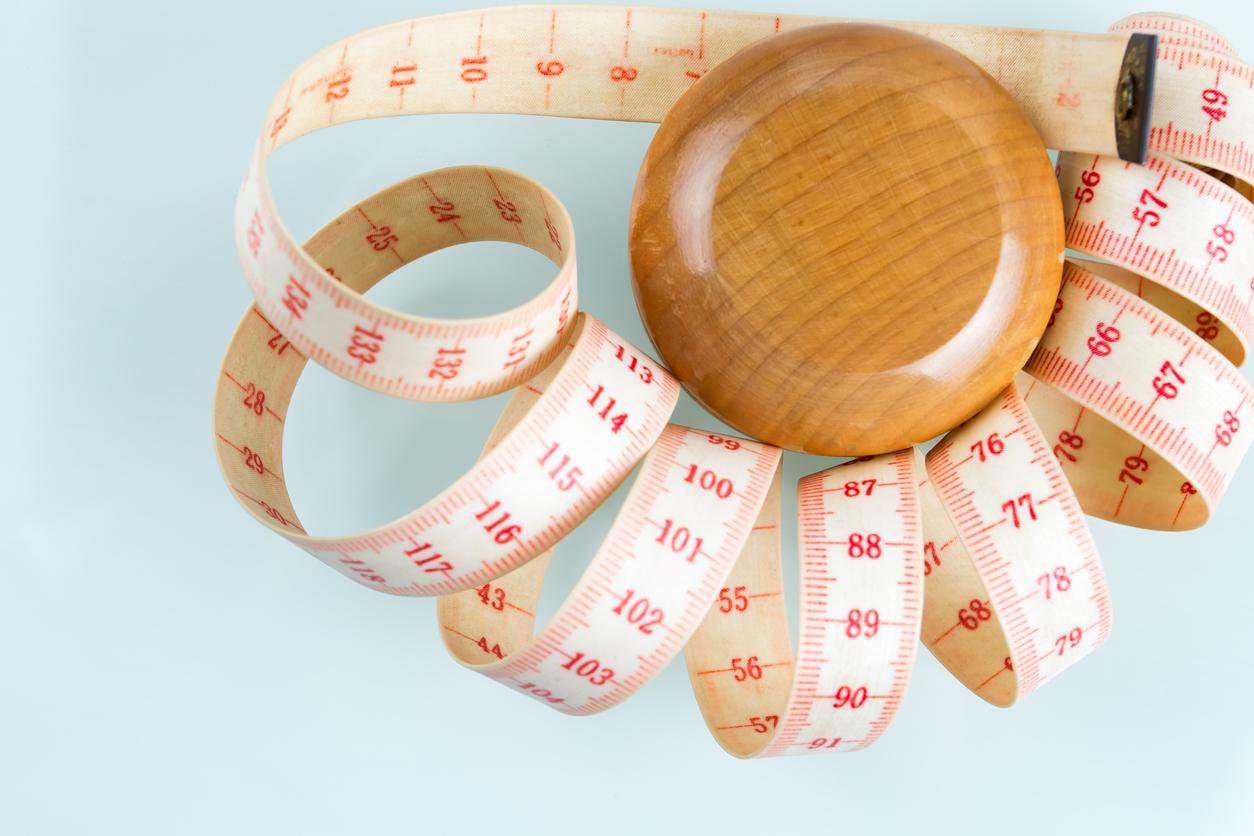January 16, 2002 – Obesity is back on the agenda of L’Actualité Médicale, which denounces the “junk food” rampant among young Quebecers. Obesity in young people is all the more worrying as it represents a risk factor for type 2 diabetes and respiratory disorders and, in the longer term, for high blood pressure. Not being recognized by many parents as a disease, it rarely leads to a therapeutic consultation. It is often badly lived socially, especially during adolescence when the image of his body takes precedence above all. In Quebec, 18% of young people aged 6 to 16 suffer from obesity1. In Europe, Hungary, Spain, Italy and Greece are the most affected countries.
After a sedentary lifestyle, the eating habits of young people participate in the growing development of obesity, which is spreading tremendously. The enemies of healthy eating to fight off in adolescents are mainly saturated fats and simple sugars. A balanced diet should include 30% fat including 10% maximum saturated fat. However, that of young people generally includes 37% fat and 13% saturated fat. As for carbohydrates, preferred sources such as fruits, vegetables, grains and seeds are not the favorite foods of adolescents who prefer soft drinks, desserts and candies.
The main recommendations relate to food variety without forgetting vegetables and fruits, reducing the consumption of fats, salt, alcohol and caffeine, regular physical activity and limiting the time spent in front of a screen (television , computer, video games). To start the day well, breakfast should be about 25% of the daily calorie intake. It is also essential to take into account the specific daily needs of adolescents in calcium (700 to 1300 mg) and iron (10 to 13 mg).
Élisabeth Mercader – PasseportSanté.net
According to L’Actualité Médicale, January 9, 2002
1. To calculate the body mass index, indicative of obesity, you can go to the following page: Health Canada. Body mass index (BMI). http://www.hc-sc.gc.ca/hppb/la-nutrition/bmi/

















